A bolt is a type of fastener that is used to hold two or more mechanical components either stationary or under motion. Unlike screws, It requires a nut to get fastened. That’s why a nut and bolt are said to be a pair that is used to hold different components.
We in our daily life don’t think about bolts and their types but without nuts and bolts assembly of various mechanical components would have been difficult.
A bolt is pushed into a predrilled hole and a nut is fastened from the other side. It is fastened or loosened typically by fastening or loosening the nut with the help of spanners.
Note: The external diameter of the bolt and internal diameter of the nut must be equal and The pitch of the Bolt and nut must also be equal.
History:
Many consider that the bolt was invented around 400 BC. The history is different for different experts. Fredrick E Graves says that the bolt was invented in the 15th century.
He supports his argument by saying that it was first mentioned in a book that was published in the 15th century. He also says that the non-threaded bolts were invented by Romans, who used them to hinge their doors.
According to bolt expert Bill Eccles, It was invented in ancient Egypt around 287 BC – 212 BC. However, it is a common belief now that bolts were invented in 400 BC.
The Geometry of Bolt:
The above figure shows the basic geometry of a bolt with a nut assembly.
Head:
As the name suggests the head is the topmost part of the bolt head that is visible from above the workpiece or the component. The head can be of different shapes and sizes. The head size depends upon the radius/diameter of the bolt.
The external size and shape of the head are equal to the size and shape of the nut. In case the nut is not visible or cannot be fastened or loosened easily we can operate the assembly with the help of a bolt head by clamping a spanner to it.
Grip length:
The grip length is the length below the head of the bolt which is not threaded. The workpiece which is to be clamped has a thickness slightly more than the grip length.
It is not necessary that there must be a grip length, the bolt can be threaded along its nominal length.
If the bolt is threaded along its nominal length then the workpiece should also be threaded, if the workpiece is not threaded then it may cause failure or loosening of the Bolt.
Thread length:
The length below the grip length which is threaded is called thread length. This is the length Along with the nut rotates.
The distance between two threads is known as the pitch of the bolt.
Nominal length:
The nominal length of the bolt is the total length of the Bolt excluding the height of the head.
We can also say that the nominal length of the Bolt is equal to the sum of grip length and threaded length.
Nut:
A nut is a separate element from the bolt. but if there is no nut then the bolt is said to be a screw. A nut is used to tighten the assembly and provide a rigid joint.
Radius:
The radius of the bolt is the radius along the length of the Bolt. It is an important dimension to be known in the case of a bolt.
The external radius of the Bolt is equal to the internal radius of the hole and is equal to the internal radius of the nut.
Different types of Bolt:
There are various types of bolts used for numerous applications. Some of the different types are given below:
Anchor bolts:
The diagram or anchor bolts are given below:
- The function of anchor bolts is to attach the component to a rigid concrete base.
- The bolt is placed in the concrete in an upside-down position so that the threaded side of the bolt can physically be operated.
- There are two mechanisms for placing the anchor bolt in the concrete.
- In the first one, the bolt is placed upside down and the wet concrete mixture is poured over the bolt and the threaded part is allowed to be physically accessible.
- In the second method, a hole is drilled and then the Bolt is fixed.
- The first method is however the strongest one.
Arbor bolts
The diagram is given below:
- As it is evident from the figure that an Arbor bolt is attached to a permanent washer.
- The threads of these bolts are in the reversed direction.
- These bolts are used in certain tools like a miter saw, to ensure that the blade doesn’t fall out of the frame.
- The main advantage of such bolts is that no separate washer is needed to support the bolt.
Carriage bolts:
The diagram of a carriage bolt is given below
- The main identification factor of a carriage bolt is that it has a smooth round head and a square neck.
- The square neck of the bolt prevents the bolt from turning.
- These are generally used to fasten wood with metal.
- There are strengthening plates on both sides of the wood that are clamped with the help of carriage bolts.
- These bolts are also sometimes known as round head square neck bolts.
- The major disadvantage of a round head square neck bolt is that it can be operated by a nut only and not by the bolt.
Elevator bolts:
The diagram of an elevator bolt is given below.
- The construction of the elevator bolt is similar to that of the carriage bolt. The only difference is the shape of the head.
- The elevator bolt has a flat-shaped head Along with a square neck which prevents it from turning.
- The major use of these bolts is done in the conveyor systems.
- Elevator bolts also face a similar disadvantage to the carriage bolt as these bolts cannot be operated by clamping their heads.
Hex bolts:
The diagram of the Hex bolt is given below.
- Hex bolts or hexagonal bolts are the most commonly used bolt types.
- The name Hex bolt is due to the hexagonal shape of the bolt head.
- These bolts are either threaded partially or throughout the nominal length of the bolt.
- Hexagonal bolts have infinite applications which range from heavy automobiles to our daily appliances.
- We may easily find a hexagonal bolt in our surroundings.
J bolt:
The diagram of a J Bolt is given below
- As the name suggests the J bolts look like the English alphabet ‘J’.
- A small portion of the bolts are threaded and the rest is smooth.
- These bolts are used as hangers that are used to hold different equipment and materials safe.
- J bolts are widely used in workshops.
Lag bolt:
The diagram of the lag bolt is given below.
- Lag bolts are not bolts, they are a combination of screw and bolt.
- These have Hexagonal head-like bolts and a body-like screw.
- Lag bolts are also known as lag screws.
- The tip of the bolt is made pointed.
- The pointed tip makes the Bolt penetrate easily into a wooden component and is used to clamp woods
Rock bolt:
The diagram of a Rock Bolt is given below
- A Rock bolt is a long Anchor bolt of a few feet, with an anchor plate and nut.
- As the name suggests a Rock Bolt is used to hold large pieces of rock which are weak and have the probability to fall.
- Rock bolts are employed by drilling a hole inside the rock and then pushing the bolt inside. After pushing the bolt the anchor plate is tightened with the help of a nut.
- Rock bolts are also used to provide structural support to the walls or a tunnel.
- These can commonly be seen on the rocks around the roads which go through the mountainous region.
U Bolt:
The diagram of U bolts is given below
- As the name suggests the shape of these bolts resembles the English alphabet ‘U’.
- The two ends of the U bolt are threaded to be tightened by nuts.
- These can be used to attach a Steel or a plastic pipe against a flat component.
- The U bolt is also widely used for hanging ceiling fans.
Eye Bolt:
The diagram of an eye bolt is given below
- The eyebolt is a bent bolt that forms a close bend.
- The eye bolts are attached to the various components and even walls.
- The main function of eye bolts is to support the cable which passes through the eye of the bolt.
Track Bolt:
The diagram of track bolts is given below
- These bolts are used for railway tracks application.
- Track bolts are also known as fang bolts or rail anchor bolts.
- The strength of these bolts is very High due to heavy application.
- These are often used to fasten railway joints and fix rail chairs to railroad ties.
- They have an excellent shock-absorbing capacity.
- Various shaped track bolts are used for different purposes.
Square Bolt:
The diagram of the square bolt is given below.
- The bolts which have a threaded body and a square head are called square bolts.
- These bolts do not have a mechanical purpose, they are just used to provide an aesthetic touch.
- Square bolts come under multiple strengths and grades.
Round Bolt:
The diagram of the round bolts is given below.
- Just like the square bolts, even round bolts do not have any specific mechanical purpose. They are used to provide an aesthetic touch to the component.
- It gives a smooth finish to the surface of the component.
- A round bolt can be assumed as a carriage bolt without a square head.
- These are tightened by tightening the nut.
- Round bolts are generally used for woodworking.
The aircraft Bolt:
A diagram of aircraft bolts is given below.
- The bolts needed for an aircraft must have great strength and must be resistive to corrosion.
- The aircraft bolts are made of tough corrosion-resistant materials like corrosion-resistant steel, aluminum alloy, or titanium.
- The weight of materials also becomes an issue hence lighter materials are used.
- The identity of aircraft bolts is that they have a marking on the top of the head. If the marking is not there then the bolt is not genuine.
- The aircraft bolts provide a very tight fit when compared to the standard bolts hence greater torque must be applied to tighten the bolts.
- The selection of aircraft bolts can be a very complicated process as it involves various factors to be considered. however, the basic aircraft bolt used is AN3.
Plow Bolt:
The diagram of the plow bolt is given below.
- The main features of a plow bolt are a flat head, a square neck, and unified threads.
- The plow bolt also looks similar to that of the carriage bolt; the only difference is that the plow bolt has a concave head.
- Sometimes a keyhole is also provided to prevent the further rotation of the bolt.
- As the name suggests a plow bolt is used in plows, bulldozers, and various heavy industrial equipment.
Materials used for making Bolt:
Various materials can be used for making different types of bolts. The bolt material depends on several conditions. Some of the conditions on which the bolt materials are based are.
- Application of the bolt
- The material is fastened.
- The condition under which the bolt operates.
- Forces were applied to the fastened piece.
Steel:
The most common material used for making bolts is steel. Almost 90 percent of the bolts are made up of steel.
Most of the work’s purpose is fulfilled by the different grades of steel.
The strength of the steel required depends on its grade. various heat treated and surface hardened steel are also easily available for making bolts.
The main problem with steel is that it can corrode easily under various conditions. To protect steel Bolt from corroding electroplating can also be done.
Stainless steel:
Stainless Steel is an alloy of iron with Nickel and chromium which offers great strength under various loading conditions.
Another advantage of stainless steel is that it offers great resistance to corrosion.
Due to this stainless steel bolts can be used under conditions where the bolt is exposed to open weather.
It can be used in places with extreme humidity and poor weather conditions. stainless steel won’t show changes in its special properties under damaging conditions.
After steel, stainless steel is the most preferred choice for making bolts.
Silicon bronze:
Silicon bronze also commonly known as bronze is an alloy of copper and tin which contains a very small amount of silicon.
Bolts made of silicon bronze are used when they are in regular contact with water as it offers great corrosion resistance and strength as well.
Therefore bronze bolts are a better choice than stainless steel bolts for marine applications. These bolts are often used for the construction of wooden boats.
Aluminum:
Another important material that is used for making bolts is aluminum. aluminum is a less reactive metal hence offering good resistance to corrosion.
It is light in weight when compared to stainless steel or steel.
Aluminum alloys with various other metals (manganese, copper, iron, zinc, etc) can be used for making bolts. the only disadvantage of aluminum is that it is soft and won’t survive extreme loading and shocks.
Titanium:
Titanium is an expensive metal when compared to the above metals. Being expensive titanium offers great resistance against various loads.
Titanium has a high strength-to-weight ratio. The titanium also shows excellent corrosion-resistant properties.
Bolts made of Titanium are mainly used in aircraft and submarines where the weight of the smallest component matters.
Nylon:
Nylon is a synthetic material that is lighter than most metals. It is used where the bolts need to be completely waterproof which is not possible in most metals.
The strength of nylon bolts is not as much as the above materials though they can be used for certain lightweight operations.
Bolts made of nylon are generally used in our home appliances such as washing machines.
Advantages of Bolt:
- Simple design hence easy to locate the joint.
- Easy operation of tightening and loosening the nut/bolt.
- The high strength of the joint.
- The cost of bolts and nuts is low.
- The job of operating bolts can be done by skilled or semi-skilled laborers.
- Bolts and their corresponding nuts are easily available for various operations and dimensions.
Disadvantages of Bolt:
- The accuracy of bolted joints is very good.
- The axial and tensile strength of bolted joints is low.
- The bolted joints are affected by the vibration of the component.
- The weight of the component is increased due to the weight of the bolts.
- Metal bolts have problems related to corrosion.
- bolted joints acquire more space.
Difference between Bolt and Nuts:
| Bolts | Nuts |
| Bolts are solid cylindrical fastener which is used with nuts | Nuts are also fasteners that have a hollow cylindrical hole in the middle of the cross-section. |
| The bolts are externally threaded and are inserted in nuts. | Nuts are internally threaded and they rotate on bolts. |
| The material used to make bolts must be tough enough to resist various loads. | The materials used to make nuts are comparatively weaker than the materials used to make bolts. |
| The bolts are acted upon mainly by tensile stresses and undergo tensile failure. | Nuts are acted upon mainly by compressive forces and usually undergo compressive failure. |
| The size of the bolt is larger than the nuts. | The size of the nuts is smaller than the bolts. |
| Bolts do not have a locking mechanism after getting tightened. | Nuts have a locking mechanism after they are fastened. |
| It has some significance without the nut | A nut is useless without the respective bolt. |

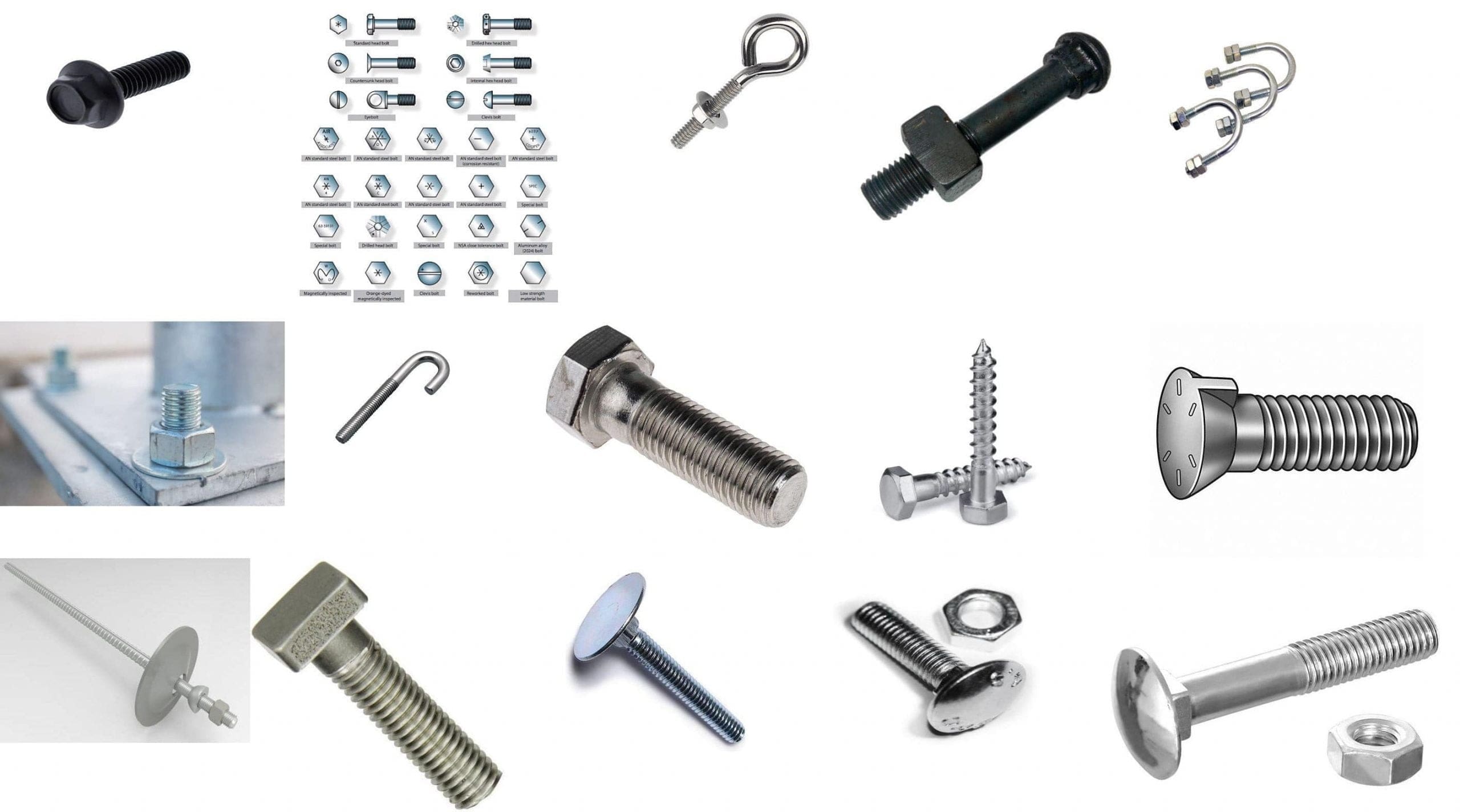
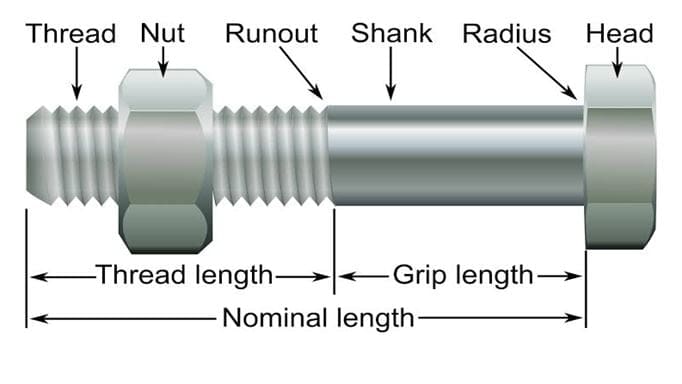
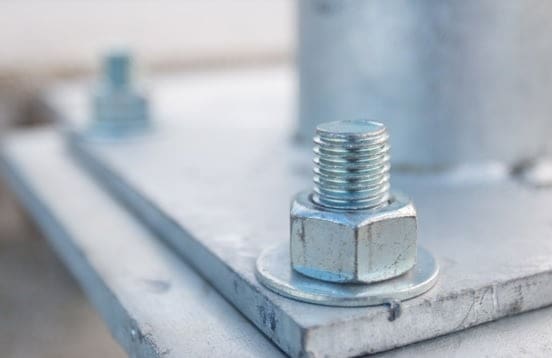
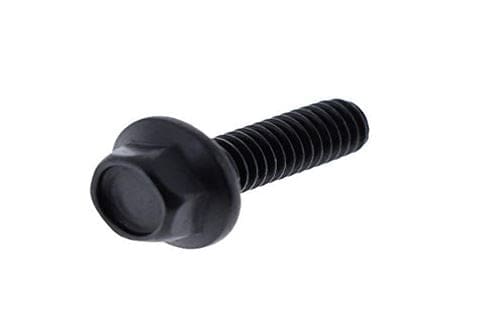
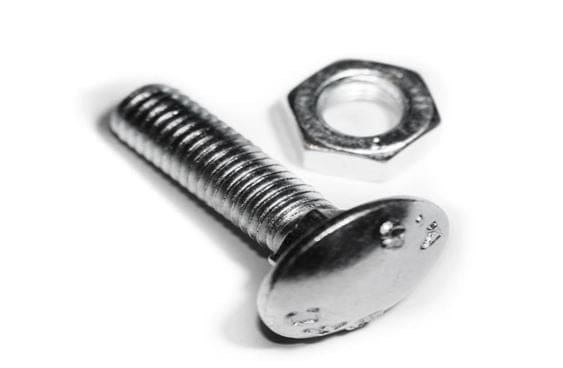
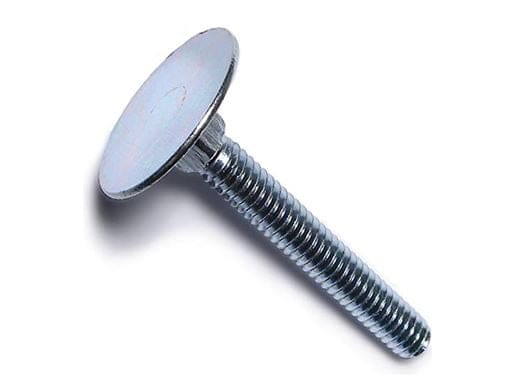
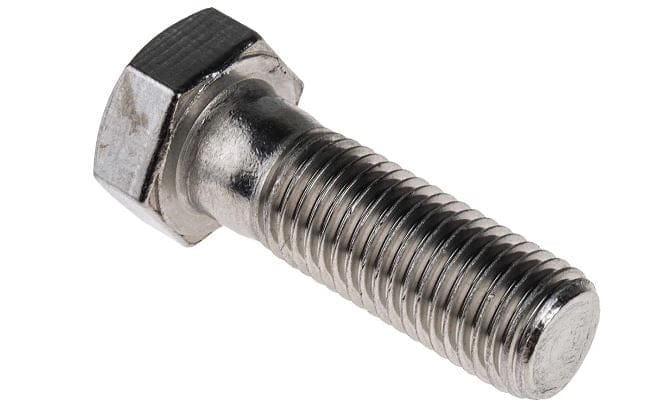
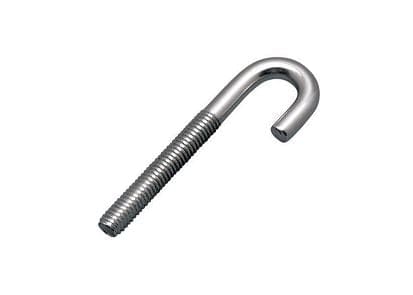
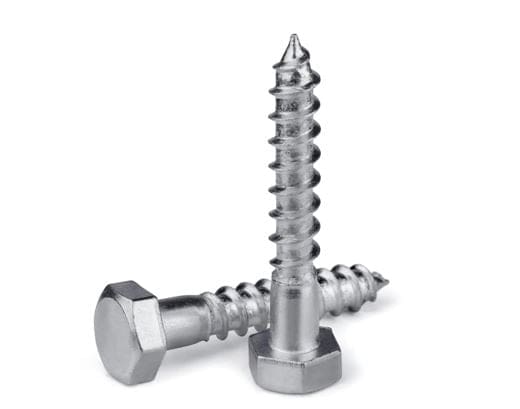
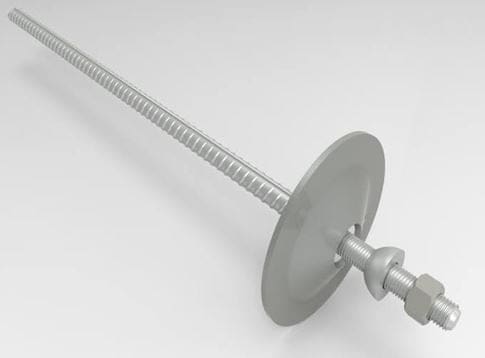
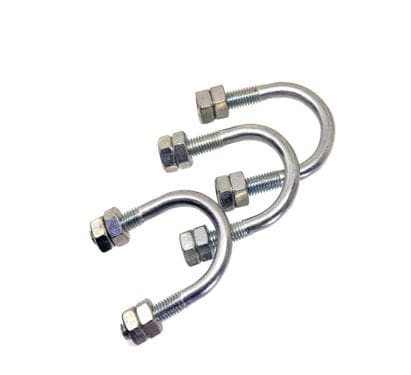
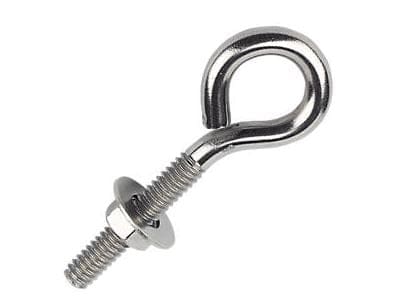
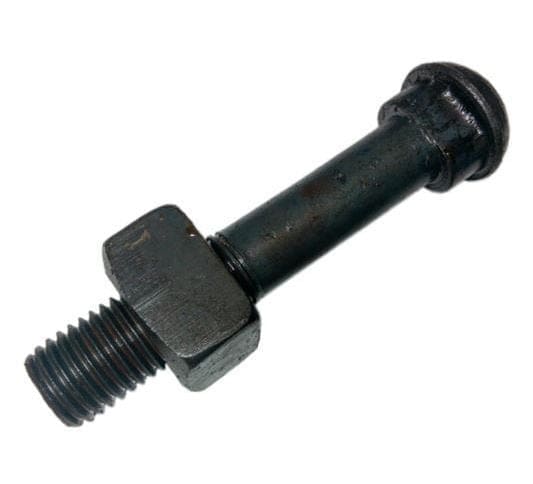
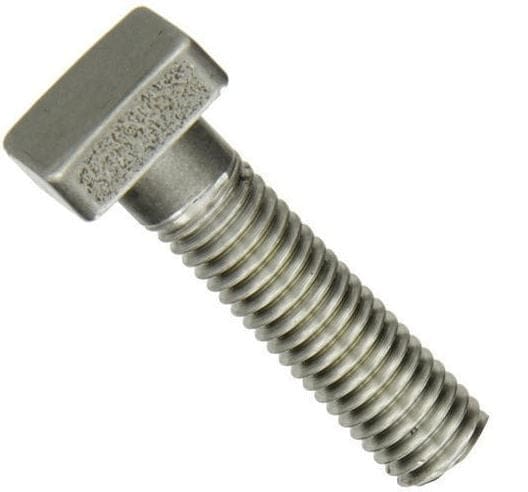
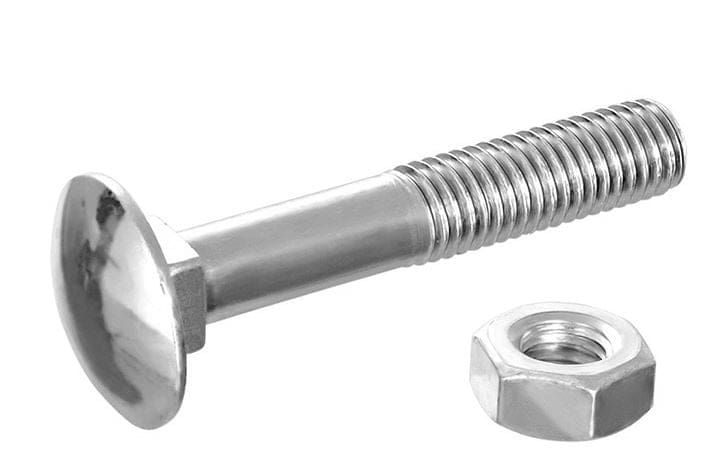
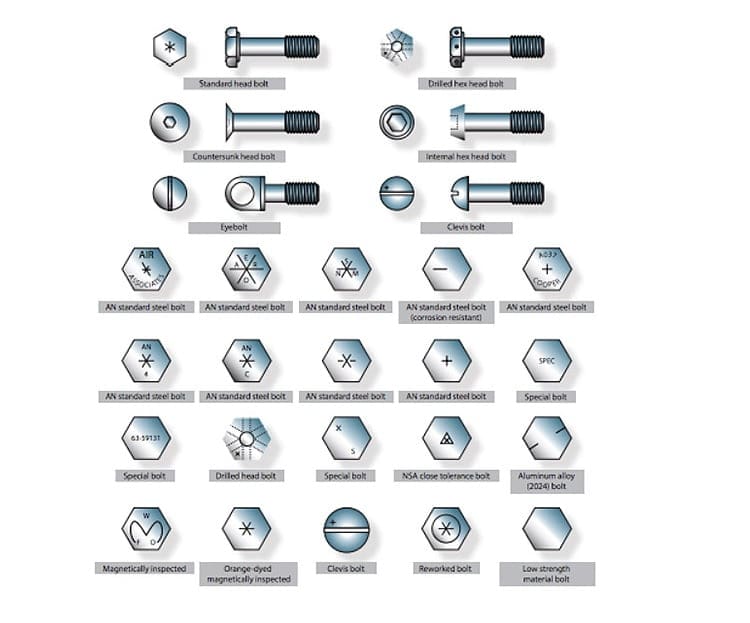
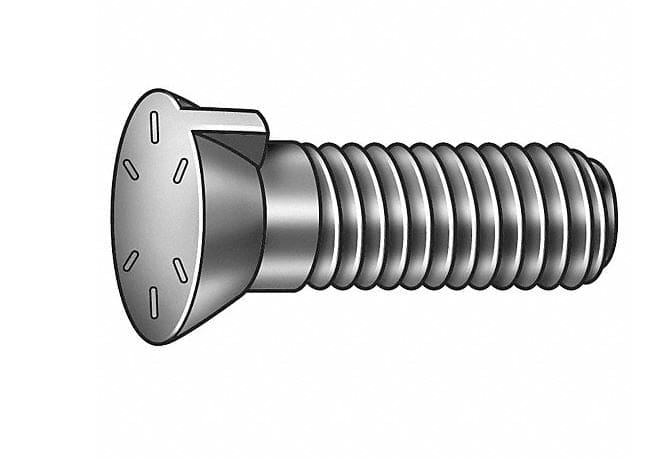

![Different Types of Measuring Tools and their Uses [Notes & PDF] Feature Image of Types of Measuring Tools](https://themechanicalengineering.com/wp-content/uploads/2023/01/Feature-Image-of-Types-of-Measuring-Tools-300x171.jpg)
![Steel: Properties, Different Types and Applications [Notes & PDF] Feature Image of Steel](https://themechanicalengineering.com/wp-content/uploads/2023/01/Feature-Image-of-Steel-300x168.jpg)

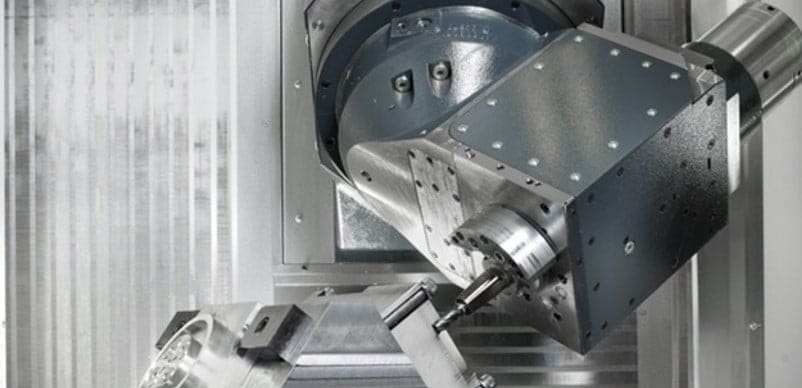
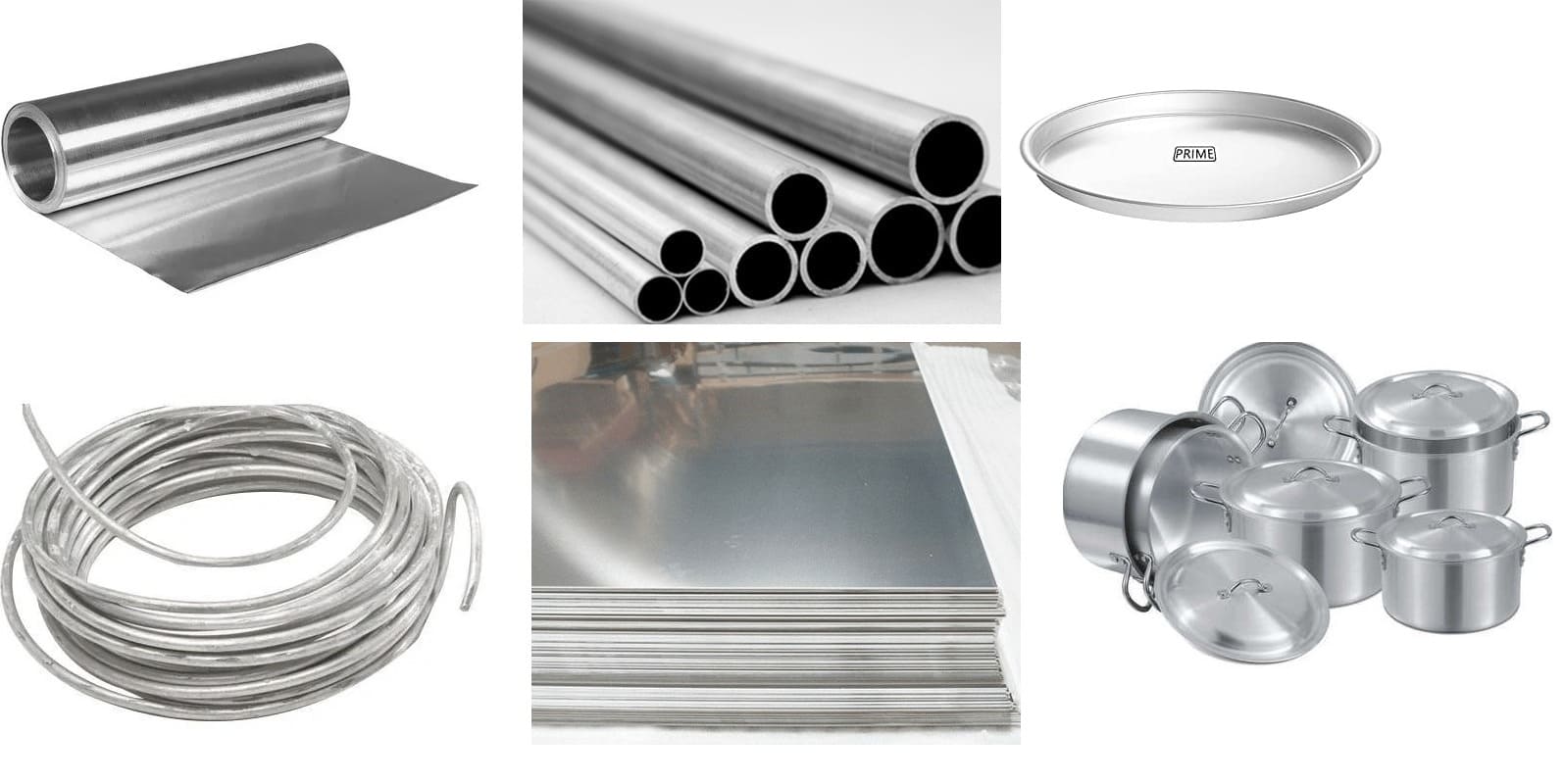
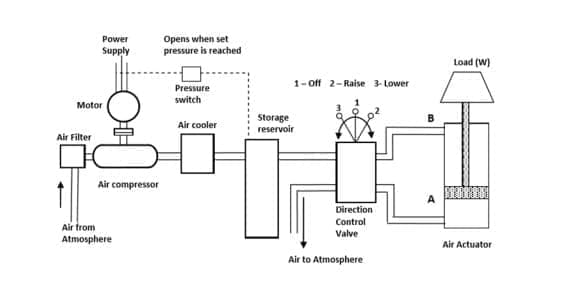
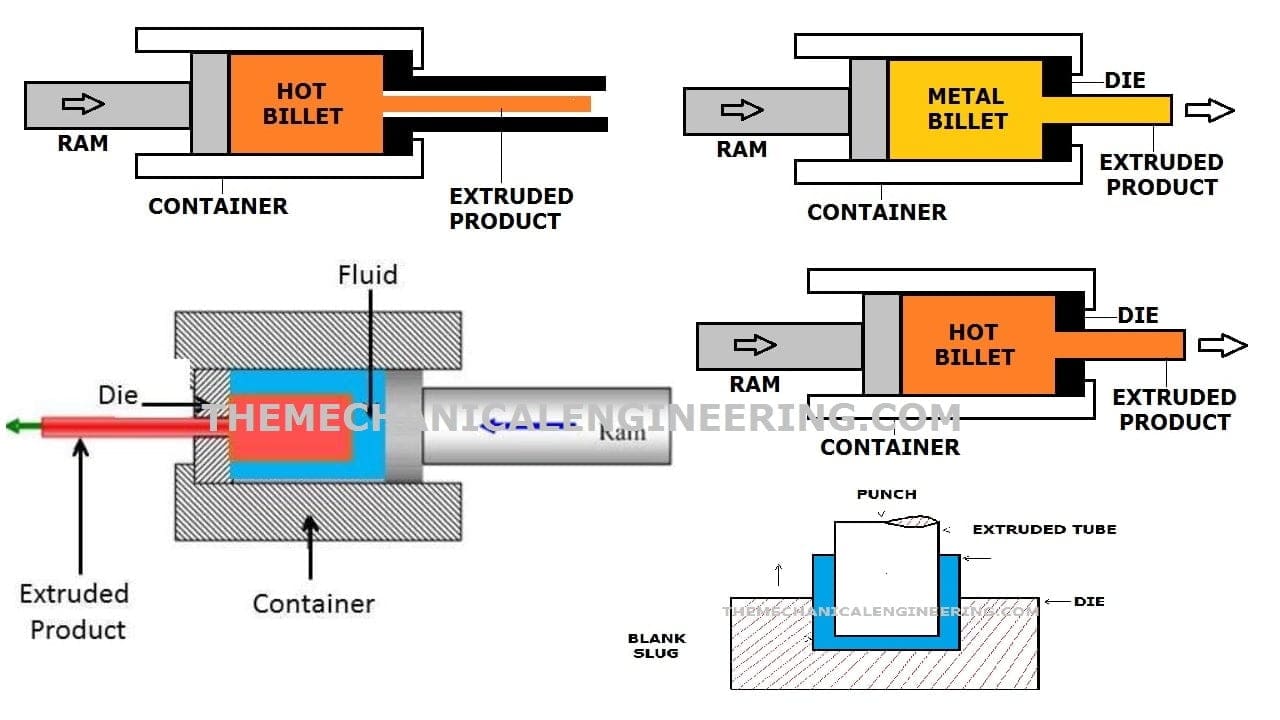
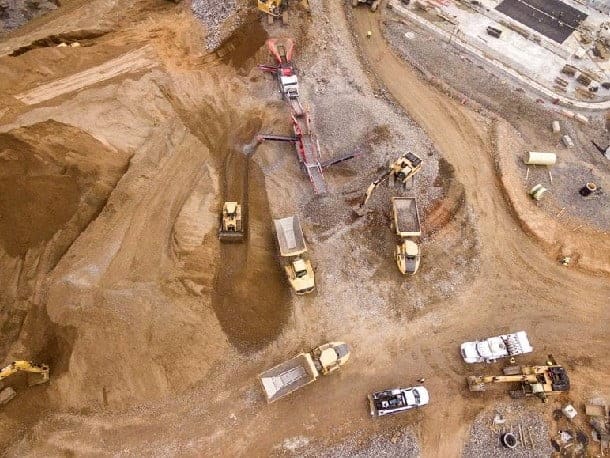

Discussion about this post